Airborne Evel
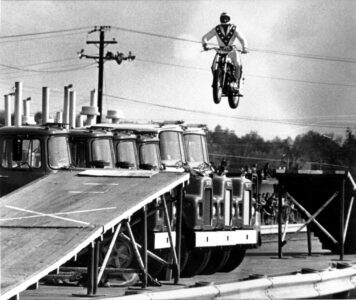
This classic shot of Evel Knievel makes me white knuckle my desk slightly, it’s interesting that he doesn’t appear to be looking at the landing ramp, but rather is looking further down-range.

This classic shot of Evel Knievel makes me white knuckle my desk slightly, it’s interesting that he doesn’t appear to be looking at the landing ramp, but rather is looking further down-range.
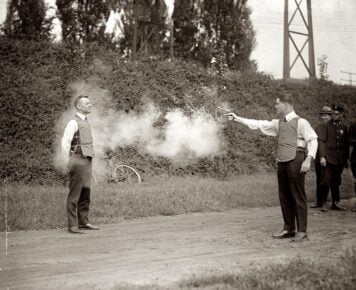
Many years ago, before the advent of “manscaping” and the resulting loss of a generation of men to the affliction of metrosexualism there existed real men.
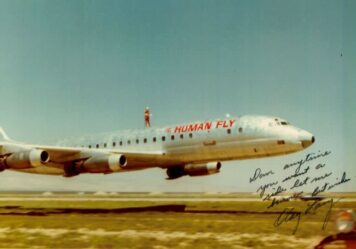
If ever there was a story that needed to be made into a feature film, it’s the story of Rick Rojatt, The Human Fly.
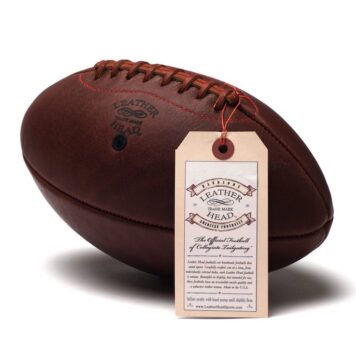
This handmade Imogene + Willie leather head football is the sort of ball that’s perfect for casually tossing around in the yard whilst drinking a beer, it also makes a nice mantlepiece feature when it’s not breaking windows and going over the fence.
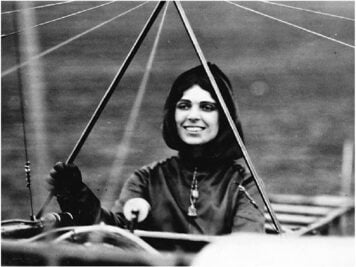
The men flyers have given out the impression that aeroplaning is very perilous work, something that an ordinary mortal should not dream of attempting. But when I saw how easily the man flyers manipulated their machines I said I could fly.

The 1970 California 1000 Air Race was a remarkable spectacle, the race was listed as “unlimited” meaning you could fly anything you wanted and modify it in anyway you liked. In short, it was a proper air race.
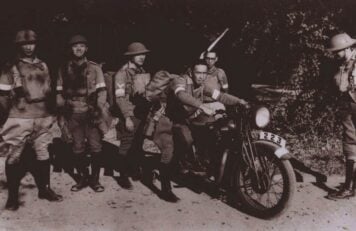
In 1941 the threat of a Japanese invasion of Hong Kong was imminent, the small British colony has a garrison made up of just 11,000 British and Indian troops set to fight the 6,095,000 men of the Imperial Japanese Army.
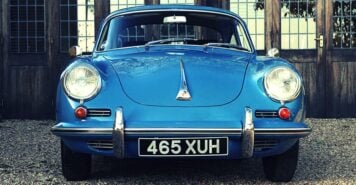
The Porsche 356 B Coupe is quite easily one of the most beautiful cars ever made, it’s also one of the stand-out motor cars of the 20th century from an automotive design perspective…
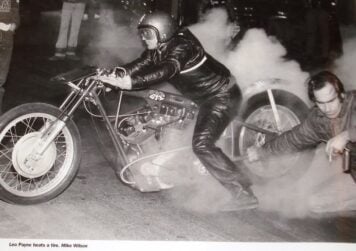
The look of pure nonchalance on the faces of Leo Payne and his frame-holding friend in this photograph still makes me smile.
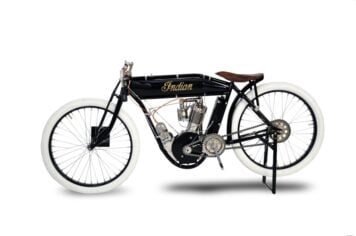
This particular Indian board tracker was recently restored by award-winning car and motorcycle artisan Jim Prosper, the original bike was so complete that the only 2 non-factory parts on it are the fuel tank and handlebars.
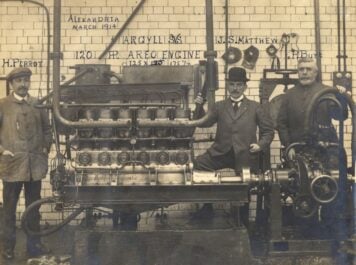
The 12.8 Litre Argyll sleeve-valve aero engine was first prototyped in 1914, this is the first image of the engine on the test-stand before it was sent to London for the Olympia Show held from mid-to-late March of the same year.
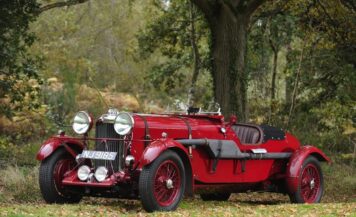
This 1936 Lagonda LG45 4½-Litre is a magnificent motor car, its chassis/engine number was only the second model produced in 1936 and as such the car was used as a factory demonstrator/runabout until it was sold on just before the outbreak of WWII.